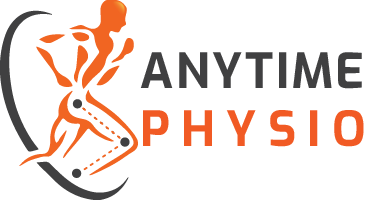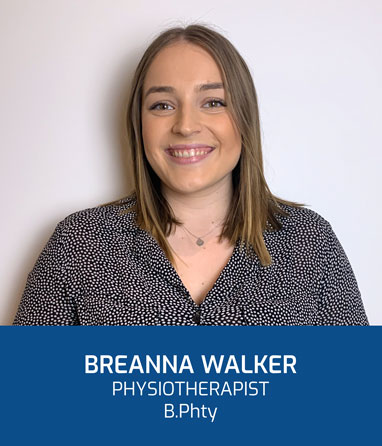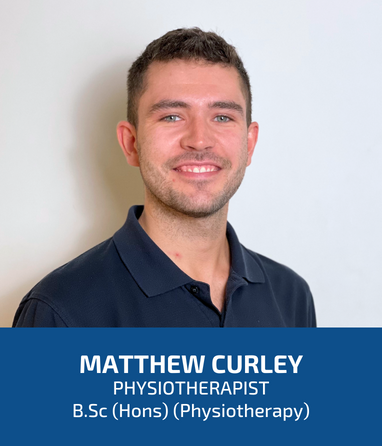PHYSIOTHERAPY FOR LOW BACK PAIN
Learn how we treat low back pain
at Anytime Physio
GET EFFECTIVE TREATMENT FOR LOWER BACK PAIN
Lower back pain is the most common issue that we see at Anytime Physio. Our team are experts in assessing and diagnosing acute and chronic lower back pain and can help you get back to moving pain-free in the shortest time possible.
OUR LOW BACK PAIN PHYSIOTHERAPISTS
WHAT CAUSES LOW BACK PAIN?
Acute low back pain is usually caused by a strain or sprain of one of the intervertebral discs (most commonly the L4/5 or L5/S1 discs), the lumbar zygapophyseal joints (otherwise known as lumbar z-joints or lumbar facet joints) or the supporting muscles and ligaments. In some cases, lower back pain may involve irritation of the nerve tissue in the lumbar spine. Nerve tissue irritation occurs when lumbar disc herniations or bulges cause increased pressure on the nerves in the lower back. This can lead to low back pain with pain radiating into the leg (commonly referred to as sciatica).
Many people with acute low back pain experience a sudden onset of pain after a significant loading event. This can be from lifting too much weight with incorrect technique, repetitive lifting or working in awkward or confined postures. Often, the pain can be so severe that the person finds it very difficult to bend, move the back and, in some cases, get out of a chair.
Chronic low back pain can be caused by many factors. Instability of the lumbar spine, reduced muscle strength and support and inflexibility of the muscles of the hips and thighs can contribute to chronic low back pain. Pain sensitization (sensitization of the nerve tissue involved in signalling and processing pain) also plays a big part in maintaining chronic low back pain.
WHO GETS LOW BACK PAIN?
Low back pain is the most common musculoskeletal injury. About 80% of people will experience at least one episode of low back pain in their lifetime. People aged 18 to 35 are most likely to experience a primary disc injury, while people in the 45+ year old age group are more likely to experience pain due to arthritis and degenerative changes in the low back.
PHYSIOTHERAPY TREATMENT FOR LOWER BACK PAIN
Your physiotherapist will begin your session by asking some questions about your condition. They will need to know how the pain started, the location of the pain, any associated numbness, tingling or weakness and any referral of pain into the legs. They will also ask about previous episodes of lower back pain and any relevant medical history.
After this thorough history taking, your physiotherapist will examine your lower back to determine the cause of your pain. This includes taking a look at posture, movement quality and range of motion, assessment of the muscles of the lower back, abdomen and hips, as well as a manual examination of the joints in the lower back.
Your physiotherapist will have a solid understanding of the cause of your symptoms once they have completed the examination with you. They will start your treatment with manual techniques that are designed to provide you with relief from your symptoms. This usually includes a combination of massage, joint mobilisations, heat, dry needling and exercises. Your physiotherapist will explain the cause of your symptoms and go through a detailed treatment plan with you so you leave your session with a clear plan for recovery.
Related Articles
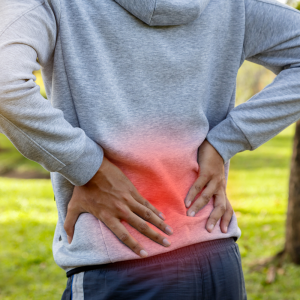
How to Treat Lower Back Pain: A Physiotherapist’s Comprehensive Guide
Learn how to treat lower back pain. This guide discusses the causes of low back pain, the available treatment and prevention strategies.
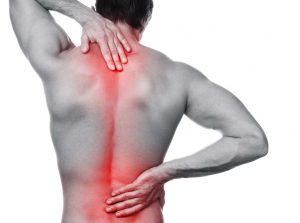

The Best Treatment For Low Back Pain
There is no one-size-fits-all management of back pain. There is strong evidence that physiotherapy is recommended as the first line of defense against lower back pain, resulting in reduced use of pain medications and less overall health-care expenses. Generally, the first step to relieving back pain is to understand pain. Studies have shown that pain is poorly related to tissue damage and sometimes, the pain that persists is more about sensitivity rather than the damage.
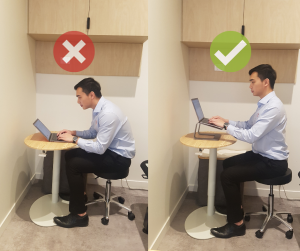

How To Fix Neck, Shoulder & Back Pain from Office Work
Neck, Shoulder & Back Pain A Physiotherapist’s Tips to Fix Your Office Work-Related Pain Stiff and sore from hours parked in front of your desk

